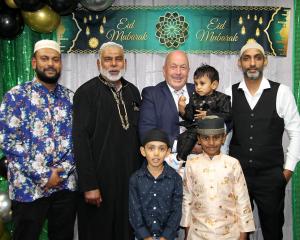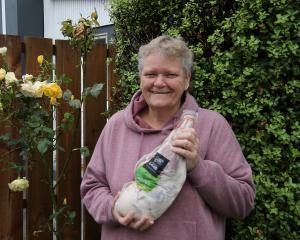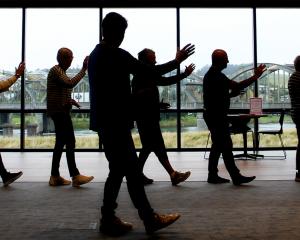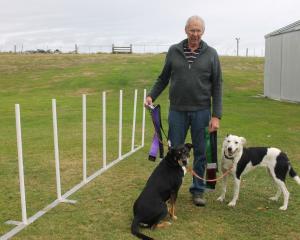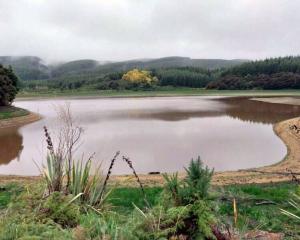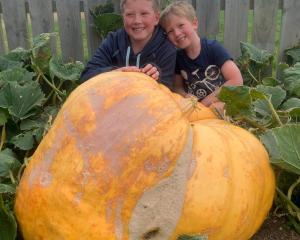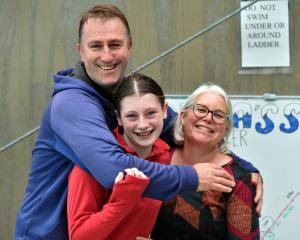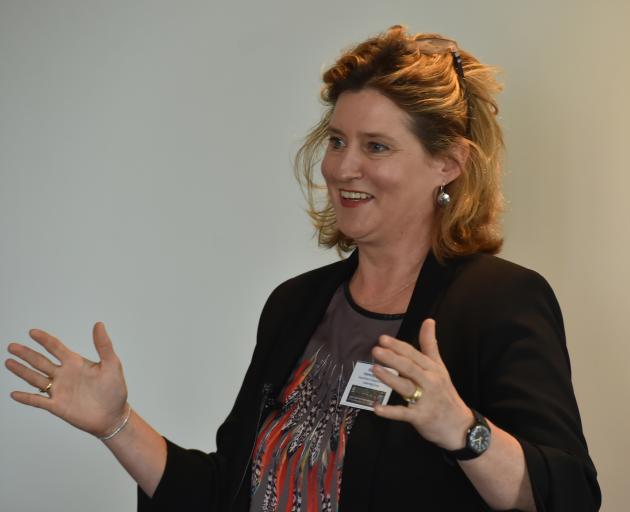
A team of archaeologists and anthropologists has recently been working with the Tokomairaro Project 60 (TP60) Cemetery Research Group, and explored a former cemetery at Back Rd, near Milton. Prof Hallie Buckley, of the University of Otago anatomy department, and archaeologist Dr Peter Petchey, late last year excavated the site, formerly known as the St John’s Church of England burial ground.
The purpose was to open and identify unmarked graves at the site and investigate the ancestry and history of those buried there. Forensic testing of the remains was used to help identify bodies.
Prof Buckley yesterday presented a paper, titled "Life and Death in the Early Colonial Settlement of South Otago, New Zealand", at the final day of the Otago Global Health Institute’s 10th annual conference, at the Dunedin Public Art Gallery.
Prof Buckley said many of the early European settlers of the area in the 19th century had come from the United Kingdom with some others from elsewhere in Europe.
There had been a "lot of public interest" in some of the research, which had been undertaken with the approval of the Anglican Bishop, and in close liaison with local people, including the Maori community.
Promotional material in the UK had promised early settlers a healthier and better life in New Zealand.
The university study raised the possibility of investigating if the health outcomes were actually better for the settlers in this country.
Among the human remains examined, more than 20% had died from tuberculosis, and there had also been extensive tooth loss, dental caries and likely gum problems, as well as some indication of rickets and vitamin D deficiency. Children were among those who had died, and one person had received "a lot of trauma", including many fractures, after having died in a rock fall in the area, she said.
The cemetery is understood to have been opened in the 1860s, and the last burial there was in the early 1900s.





